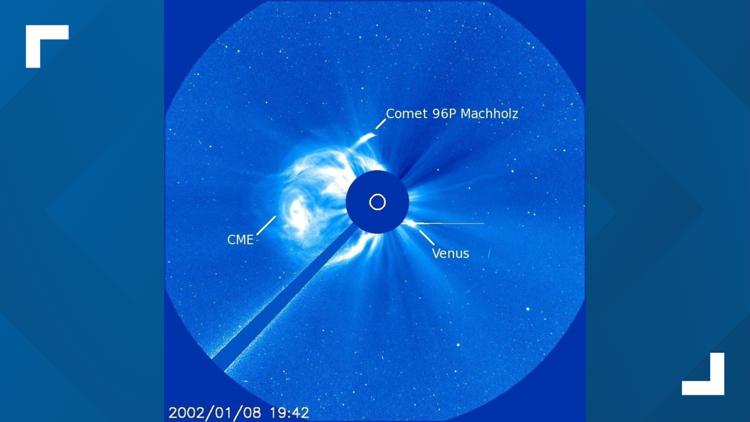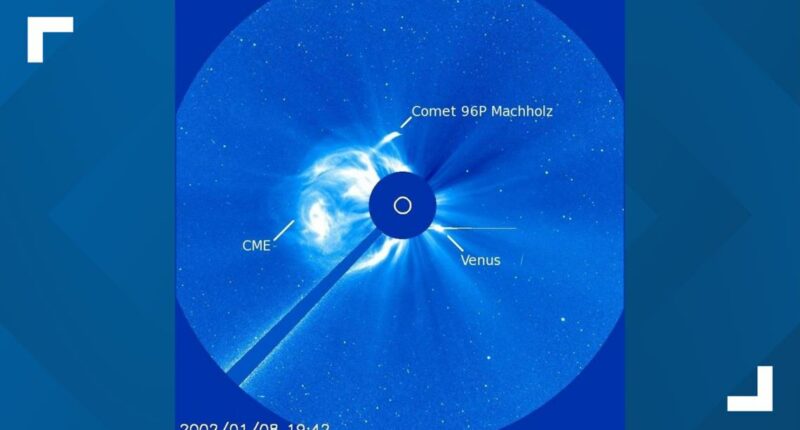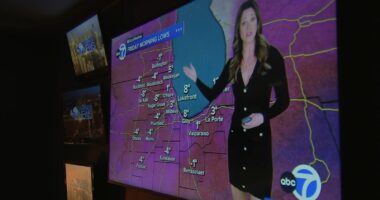Share this @internewscast.com

Stargazers are in for a double feature in the sky this week.
WASHINGTON — The night sky is putting on a meteor shower duet this week.
Tuesday night into Wednesday will offer stargazers a remarkable opportunity as two meteor showers, the Alpha Capricornids and the Southern Delta Aquarids, peak simultaneously. These showers will reach their zenith late on July 29 and transition into the early hours of July 30.
The meteors should appear bright and clear as the moon will only be about a quarter full, offering a near-perfect canvas for the cosmic spectacle.
The American Meteor Society states that both meteor showers will continue to be active until mid-August. Around this time, the Perseids, often considered the year’s most spectacular meteor shower, will peak from the night of Aug. 12 into the morning of Aug. 13, according to NASA.
The Alpha Capricornids and the Southern Delta Aquarids may product up to a dozen meteors each under dark skies.
This overlapping event means observers will witness an increased number of meteors, as explained by Thaddeus LaCoursiere, planetarium program coordinator at the Bell Museum in St. Paul, Minnesota, to the AP.
“Look for flashes of light in the night sky,” he said, adding that both are “very nice classic meteor showers.”
Meteors from the Alpha Capricornids can be identified by their longer, lingering tails, as these meteors move more slowly.
How to watch the meteor showers
For the best viewing experience, find a location distanced from city lights and venture outside after midnight. Recline on your back and gaze upward, allowing at least 30 minutes for your eyes to adapt to the darkness.
Most meteor showers are best viewed in the pre-dawn hours when the moon is low in the sky.
What are meteor showers?
Meteor showers occur annually as the Earth passes through debris trails left by comets, NASA says.
Meteor showers are generally named after a nearby star or constellation in the sky. According to NASA, approximately 48.5 tons of meteoritic material land on Earth daily. Most of this material vaporizes upon entering Earth’s atmosphere, creating the bright trails we recognize as shooting stars.
NASA says that several meteors can be seen on any given night, but the number dramatically increases during meteor showers.
When is the next meteor shower?
The next major meteor shower, the Perseids, peaks in mid-August.
The Perseid meteor shower is often one of the most anticipated celestial marvels each year. These meteor showers are a must-watch for any stargazer as they are usually one of the brights and most active ones of the calendar year.
During peak activity, these showers can bring about 50 to 100 meteors per hour.

















